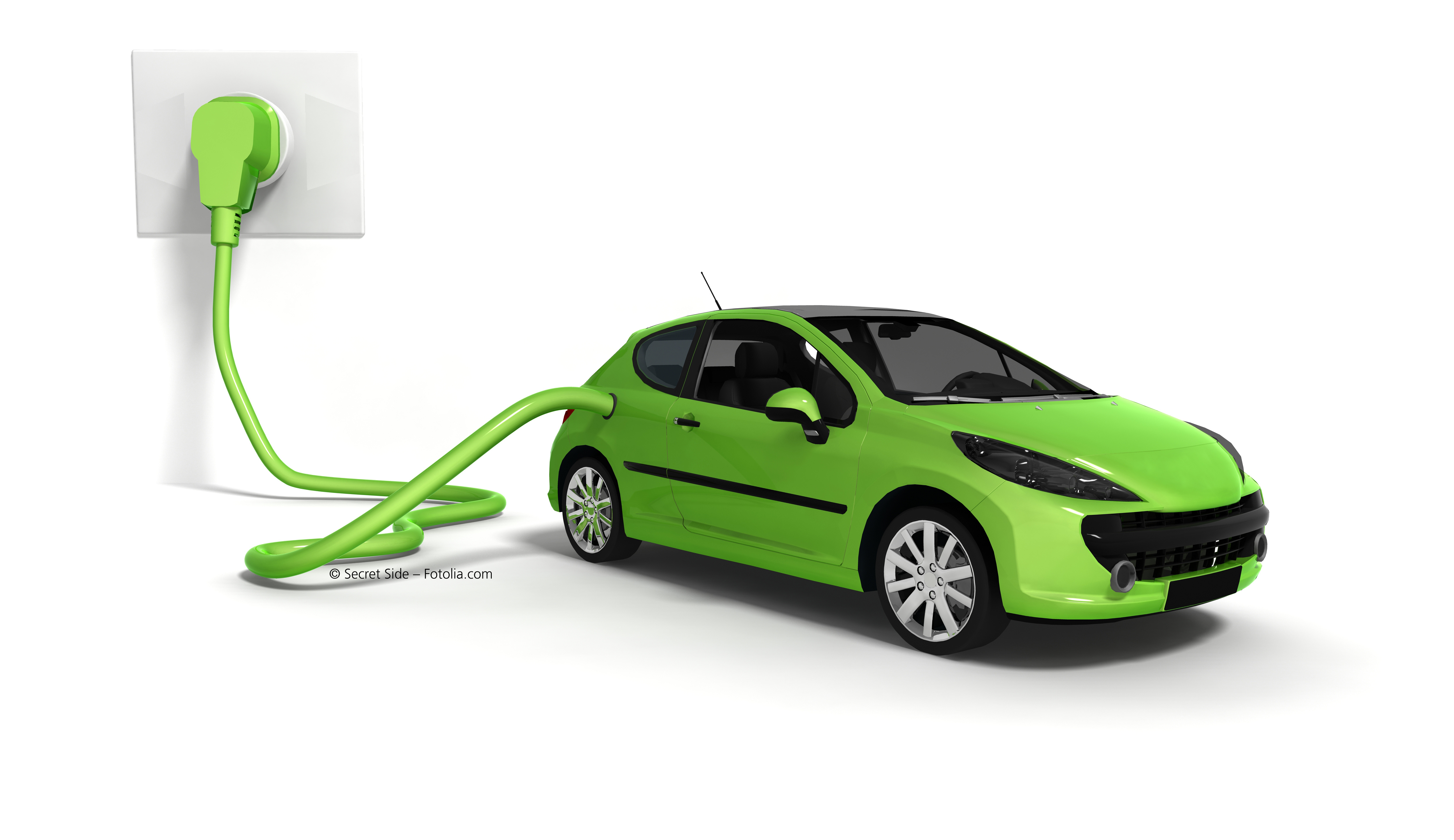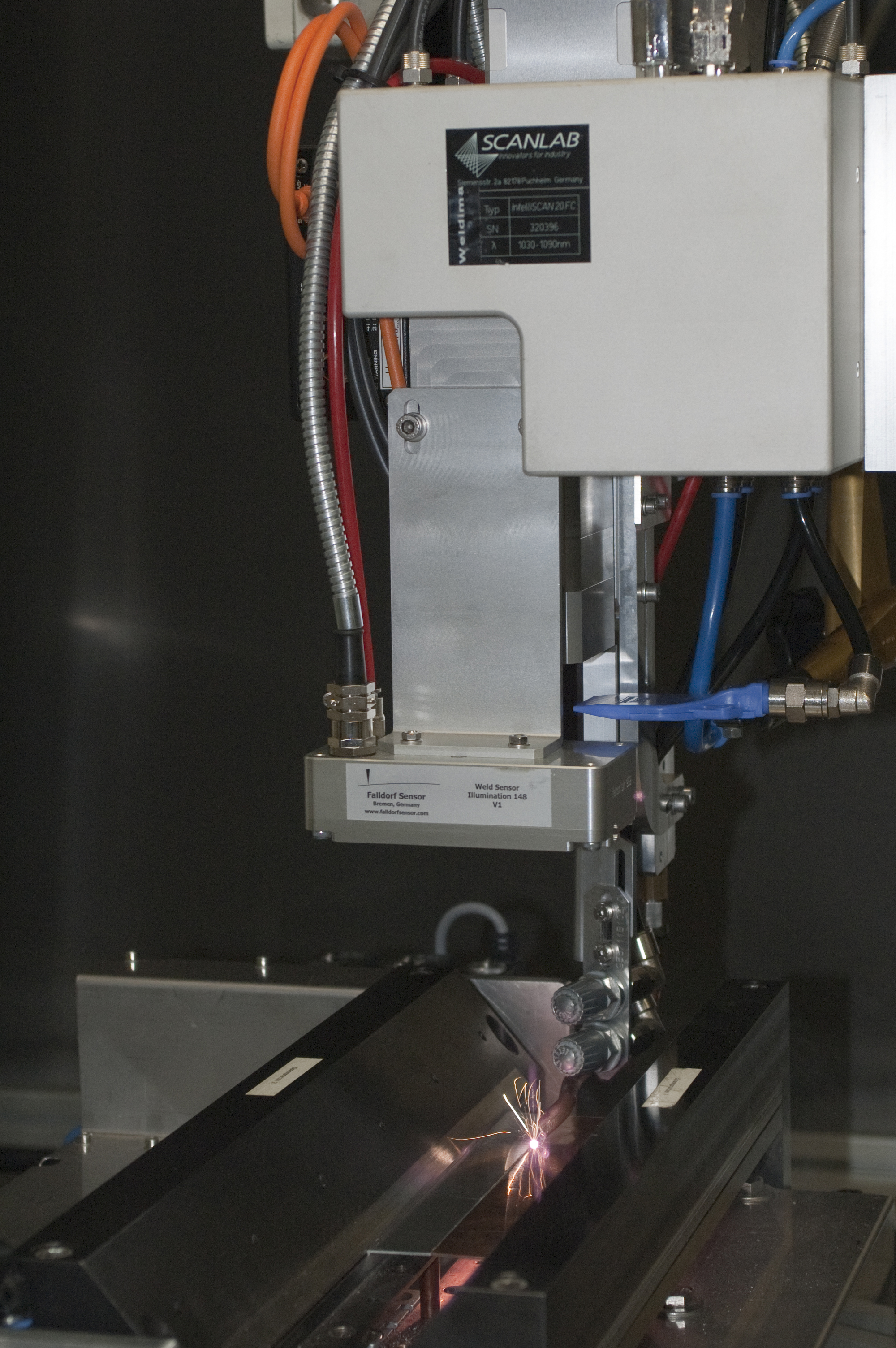Copper and aluminum, a solid connection – Fraunhofer IWS Dresden at the LASER trade show 2011
Copper is known for its excellent electrical properties which make it predestined for the production of cables and electrical connections. Aluminum, which is lighter and cheaper than copper, also provides very good electrical properties. The Fraunhofer IWS Dresden has set the task to join both materials in a professional and long-lasting way. The first approaches will be presented by the institute at the LASER trade show in Munich (23 – 26 May) in hall C2, at booth 330. They provide solutions for a multitude of joining tasks which are demanded in the field of electromobility.



Solution 1: Laser beam welding
Laser beam welding stands for efficient joints with optimized weight and performance properties. A multitude of different materials and their combi-nations can already be welded by laser, e.g. aluminum / steel or cast iron / case-hardened steel. The researchers of the Fraunhofer Institute for Material and Beam Technology IWS Dresden have now developed a technology that enables the laser welding of mixed materials such as aluminum / copper, aluminum / magnesium or stainless steel / copper with clearly better qualities.
The improvement results from using a highly dynamic 2D scanner with high scanning frequencies (up to 2.5 kHz max.). The system and a number of technological parameters have been developed within the BMBF funded joint project WELDIMA.
The highly dynamic beam deflection and the lateral beam shifting in the welding joint region enable the control of the mixing ration of both material partners. In combination with structural analysis the width of the intermetallic phase seam with unwanted intermetallic joints, generated in the weld, can be specifically set. The smaller the intermetallic phase seam, the lower the tensile strength of the welded joints. For the aluminum / copper compounds welded at IWS with a highly dynamic beam scanner, phase seam values less then 10 µm have been measured. The tensile strength of the com-pound achieves the same values as the similar joint aluminum / aluminum and, after all, 70 % of the non-affected basis material.
Solution 2: Laser induction roll plating
The generation of Al-Cu interconnections for the packaging of lithium ion cells is a focal point of the research project DeLIZ. The researchers in Dresden are developing a new laser induction roll process for industrial use. This process combines the advantages of cold and hot roll cladding and enables large-area material joints of bands made from aluminum and copper.
During the process, a laser beam heats the inner surfaces of the metal bands immediately after induction preheating. Thereby, the deformation in the roll gap is largely localized to the (very limited) highly heated volume. Under the influence of the roll pressure, permanent, precise and interface-free transition joints can be generated between the metal bands. Analytical investigations have shown that the formation of the welding zone can be substantially influenced by the choice of the process parameters. The intermetallic phases which are typical for aluminum / copper interconnections can be avoided completely. The band plated at rolling speeds up to 8 m min-1 can be well deformed in the roll-plated state and directly finished. The measured shearing strengths of the compound were on the order of 30 to 40 MPa.
 Fraunhofer Institute for Material and Beam Technology IWS
Fraunhofer Institute for Material and Beam Technology IWS